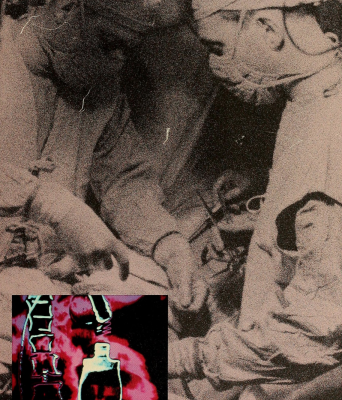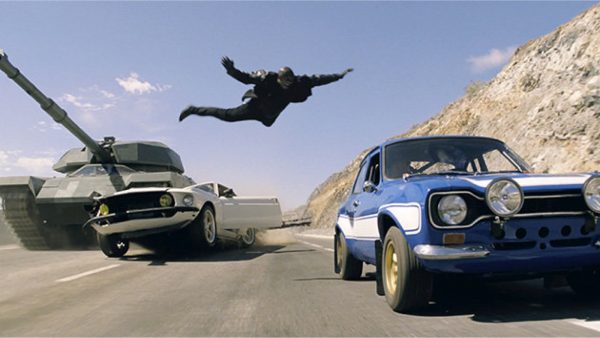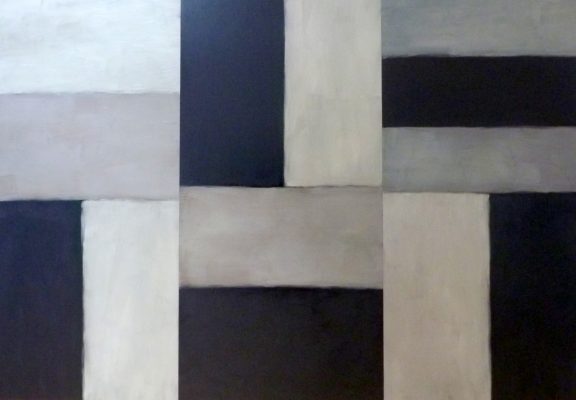On 19 March 2020, a video recorded by 39-year-old Tara Jane Langston from an intensive care bed in London’s Hillingdon Hospital went viral. Visibly breathless, she urged her colleagues – for whom the message was originally intended – to put down the cigarettes and not to take any chances with COVID-19 – which, at that time, had killed 144 people in the UK. ‘I’m telling you now’ she warned, ‘you need your fucking lungs.’
Langston’s testimony was powerful. The footage conveyed a rawness that had, at that time, been exclusive to foreign news dispatches. Though much was made of Langston’s status as a healthy, gym-going mother of two, the directness with which she called out the public’s complacency was striking. It also proved prescient to the UK’s own imminent spiral, demonstrating the (at times voyeuristic) need from the general population for subjective accounts of the experience of others in order for threat to be comprehended.
With COVID-19, we exist in a world of experience which is, to a certain extent, prior to science. We are often left attempting to understand this new life condition through the prism of emotion, as opposed to verified information.
To situate these impulses we might turn towards philosopher Havi Carel’s phenomenology. Carel is Professor of Philosophy at the University of Bristol, where she also teaches Medical Humanities. Her research is a mixture of cross-disciplinary activism and applied continental philosophy, which regularly draws on evidence from physicians, psychologists, and bioethicists. Her most notable work to date is a 2016 monograph, Phenomenology of Illness, which uses Edmund Husserl’s existential phenomenology to refocus the study of illness and medical treatment onto patients, placing emphasis on embodied subjectivity. She uses the distinctions between the ‘objective body’ and the ‘body as lived’ – provided by Jean-Paul Sartre – to map her own distinction between disease and illness: ‘The objective body is the physical body, the object of medicine: it is what becomes diseased. The body as lived is the first-person experience of this objective body, the body as experienced by the person whose body it is. And it is on this level that illness, as opposed to disease, appears.’
Phenomenology of Illness is compelling not only in its foregrounding of human experience, but also in the way Carel documents her own illness. In 2006, she was diagnosed with lymphangioleiomyomatosis (LAM), a rare lung disease which leads to respiratory failure. ‘My future has folded in on itself,’ she wrote in an essay the following year.
Most recently, Carel co-led Life of Breath, a five-year research project investigating breathlessness across medical settings, literature, history, public policy, and philosophy. We speak over the phone in mid-May. I’m in east London, watching from my window as empty train carriages crawl towards the City; Carel is at home in Bristol, where she’s shielding, homeschooling, and marking undergraduate essays.




